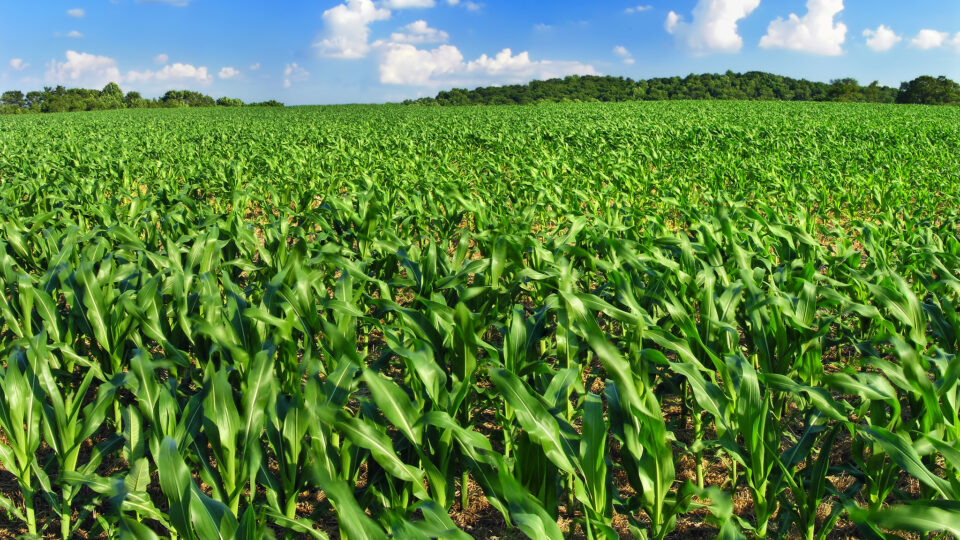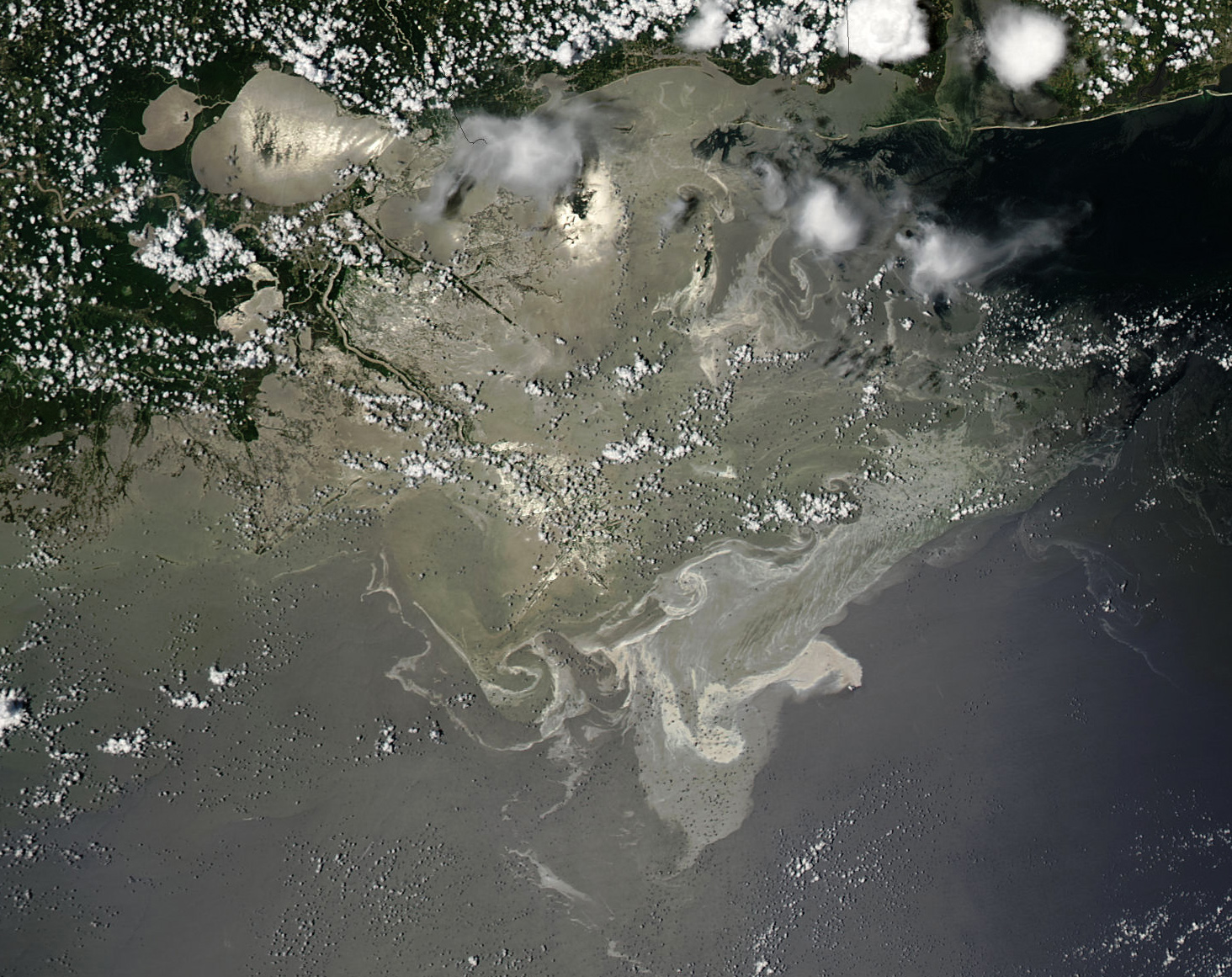Human activity – especially agriculture – has altered 70% of the land on our planet. According to a new report from the United Nations, damage to the Earth’s lands has put the planet on “crisis footing”.
Our health, our economy, and our well-being depend on land. The food we eat, the water we drink, and the air we breathe all rely on status of the land to at least some extent.
According to the report, up to 40% of the planet’s land is already degraded, affecting half of the people alive today. At current rates, an additional area nearly the size of South America will be degraded by 2050.
Degradation of land occurs in various ways, including deforestation, desertification, and the loss of wetlands or grasslands. All of these things are caused by human activities. As forests, savannas, wetlands, and mangrove swamps are converted to agriculture or are lost to urban expansion, greenhouse gas emissions rapidly increase, adding to the effects of climate change. The climate crisis, biodiversity loss, and land degradation are integrally linked.
Much of the blame for degraded landscapes is on humanity’s ever-expanding need for food and the modern farming systems that produce it. The global food system is responsible for 80% of the world’s deforestation, 70% of freshwater use, and is the greatest driver of land-based biodiversity loss. Modern agriculture has altered the face of the planet more than any other human activity.
The report urges efforts at restoration of land. Restoration can take multiple forms, including planting forests and shrubs or grazing livestock and growing crops between trees instead of clearing existing forests.
**********
Web Links
Photo, posted June 20, 2010, courtesy of Nicholas A. Tonelli via Flickr.
Earth Wise is a production of WAMC Northeast Public Radio.

